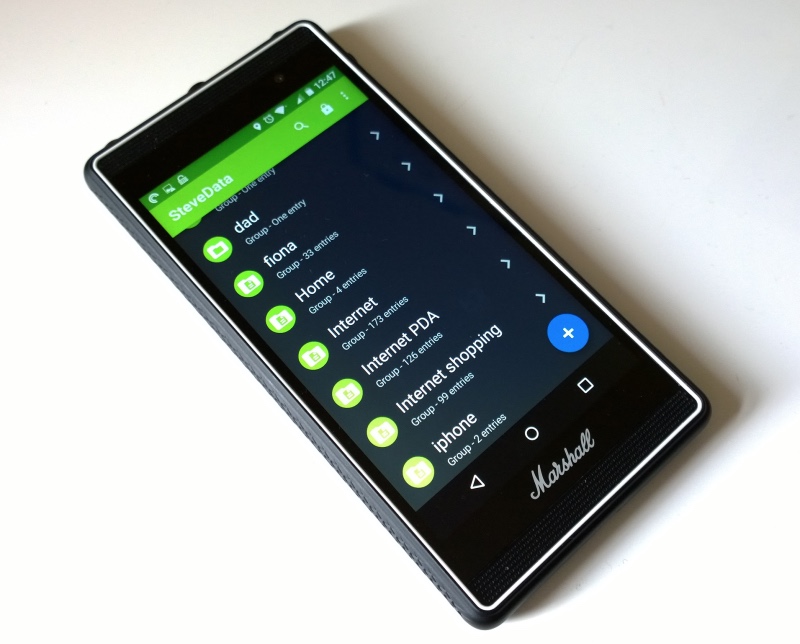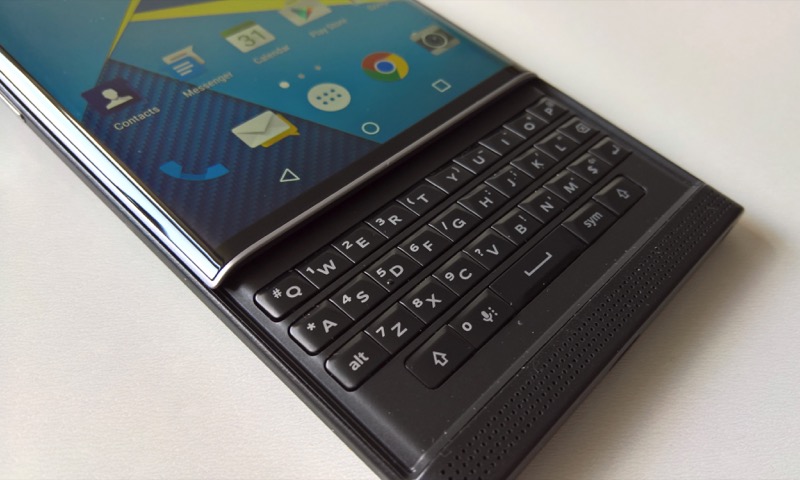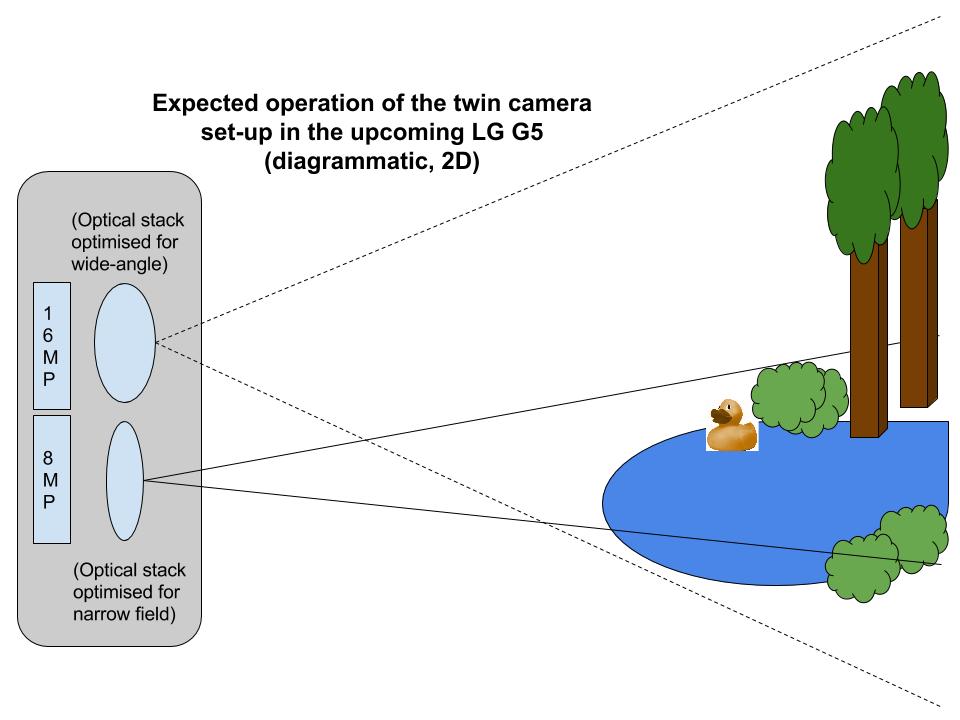Microsoft announced Windows 8.1 along with Windows Phone 8.1 yesterday at their Build Developer conference and for a Windows skeptic like me, there were many pleasant surprises along the way that had me claiming that this is the first time I would consider buying and maybe using a Lumia as a second device. In the following post, I’ll explain my point of view and why we, as Android users, should care about it.
Will Windows Phone 8.1 — WP 8.1 for short — influence your geeky life as an Android user? The short answer is no. You can ignore the whole announcement, go on your merry way, and nothing will change for you.
The long answer, however, is that you should keep a watchful eye on WP 8.1, not because it’s an imminent danger to Android, but because Windows Phone has finally reached a competitive level and that can potentially create a ripple effect in the smartphone world and affect all platforms, including iOS and Android.

Wallpaper support have finally come to Windows Phone
Feature parity
It took them a while, but Microsoft is just now bringing several important and missing features to WP:
- Action Center is the much awaited notification area that was missing from previous iterations of the platform. Users had to scroll through all their Live Tiles to look for new notifications, or catch them the second they appeared as toast messages on the screen. Otherwise, they had no idea of what was going on their phone.
- Word Flow Keyboard is the equivalent of the popular tracing and swiping keyboards on Android and brings a faster input method.
- Data Sense, Storage Sense and Battery Saver allow users to monitor all three components of their phone usage, like the built-in Settings panels in Android.
- Wallpaper support is finally included, and it’s done beautifully. Pick a photo and it shows as the background of the Live Tiles but stays somewhat static even when you scroll through the tiles.
- Cortana (beta, limited to the USA) is Microsoft’s answer to Google Now and Siri, and it seems to marry the interesting features of both: conversational approach, contextual awareness, integration with apps and learning from your behavior.
- A download API will be available for developers, finally allowing apps to handle background processes well. Previously, apps like podcast clients that required downloads in the background were a big hit-or-miss on the platform.

Cortana is a promising competitor to Google Now and Siri
While all these features aren’t enough to push WP 8.1 ahead of the curve, they do put it finally in the same league as Android and iOS and ensure there are no more flagrant omissions anyone can point to when debating the capabilities of the different platforms.
Cross-platform development
One of the interesting announcements made by Microsoft was the ability for developers to code simultaneously for Windows Phone, Windows and Xbox and deploy one app for all platforms. This integration is currently unequalled in any other ecosystem, and should make WP8.1 more popular with developers. By comparison, Google currently has separate Chrome and Android experiences that still don’t integrate well with each other.

Universal Windows apps across phones, tablets, PCs and the Xbox
Free licenses for devices smaller than 9″
So far, Windows Phone manufacturers have had to pay a license to Microsoft to install the OS on their devices, which put it at a disadvantage compared to Android’s free price tag. Now that WP8.1 will be free to OEMs, the entry barrier is no longer existent and that should make it more appealing in the low to mid-range market.
Android users, keep a watchful eye
All of these changes in WP 8.1 won’t necessarily make the platform threatening over night and their influence on Windows’ marketshare in the smartphone race remains to be seen. Whether more current smartphone users switch to WP8.1 or first-timers pick it up, whether developers start building more apps for the platform, and whether OEMs pick it for their low-end devices, all of these remain to be seen.
The truth however is that Windows Phone has finally checked all the boxes it needed to compete in the big leagues. Even as a sworn Windows hater — I’ve been a Mac user for six years and an Android user for four — Microsoft showed a vision yesterday that I can understand and relate to, and that has made me start looking at the company more positively. I might be personally skeptical about it translating into tangible increases in sales, but I know that it should at least ignite the competition and we all know that leads to better products coming to our hands faster.








